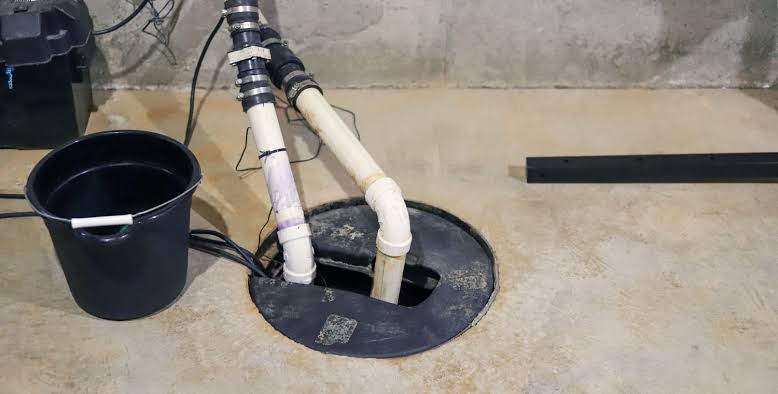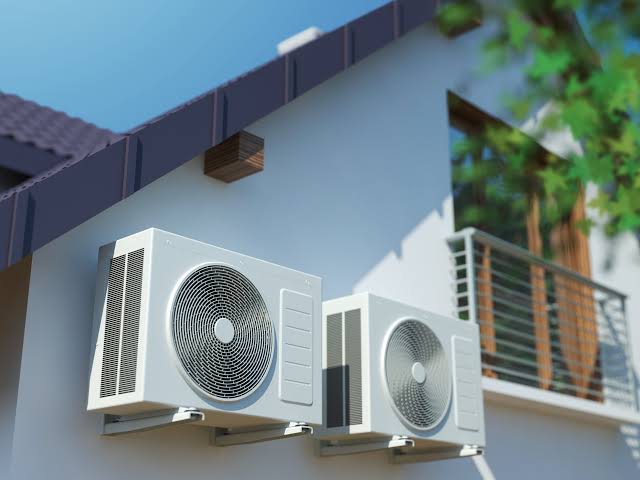Table of Contents
- Importance of Regular Maintenance
- Key Components of a Sump Pump System
- Simple Steps to Test Your Sump Pump
- Recognizing Signs of Wear and Tear
- Common Issues and Troubleshooting
- Best Practices for Prolonging Lifespan
- When to Call a Professional
- Conclusion
Importance of Regular Maintenance
Regular sump pump maintenance isn’t just a box to check off on your to-do list; it’s a critical preventive measure that protects your home from potentially devastating water damage. When properly maintained, sump pumps can successfully prevent approximately 95% of basement flooding incidents. Considering the cost and headache involved in water damage repairs, this is no small feat. Hence, regular checks and maintenance aren’t just suggested—they’re essential.
Gaining insights on how to test your sump pump is a straightforward yet indispensable aspect of home maintenance. Ensuring your pump is operational protects your basement against unexpected flooding, allowing you to rest easier with each storm.
Key Components of a Sump Pump System
Acquainting yourself with the anatomy of a sump pump system can significantly aid in its upkeep and repair. The four fundamental parts include:
- Basin: This is the pit where water collects before it is pumped out. The size and depth of this basin determine how much water it can handle during heavy rainfalls.
- Pump: At the system’s heart, the pump actively removes water from the basin. It’s powered by electricity and switches on when the water level in the basin reaches a certain level.
- Discharge Pipe: This component channels water away from your home’s foundation. Proper installation ensures water is expelled at a safe distance to prevent damage.
- Check Valve: Once pumped out, this one-way valve prevents water from flowing back into the basin. It is crucial for efficient operation, ensuring that the system works only as hard as it needs to.
Simple Steps to Test Your Sump Pump
Testing your sump pump ensures it’s ready to handle the workload when nature unleashes a torrent of rain. Follow these simple yet effective steps to conduct a test:
- First, locate the exterior pipe that expels water from your home. This check confirms that the pipe is not frozen or obstructed, which would impede water flow.
- Next, pour a bucket of water into the basin to activate the pump. This simulates the conditions of a rainfall event.
- Once the pump kicks on, monitor its ability to empty the basin rapidly. A powerful, quick operation suggests a fully functional system.
- Finally, the float’s movement and the check valve’s operation should be observed. Both components are essential in the system’s response process and require periodic checks to guarantee reliability.
Implementing this simple procedure monthly can illuminate minor malfunctions before they escalate into costly damages.
Recognizing Signs of Wear and Tear
While no mechanical system lasts indefinitely, spotting early signs of wear can dramatically extend the life of your sump pump. Listen for unusual noises – grinding or rattling sounds could signify a pending mechanical failure. Reduced pump efficiency, where the pump takes longer to activate or clear water, may indicate a system in distress. Likewise, visible rust on components can signal degradation, often leading to leaks or malfunctions if left unaddressed.
Common Issues and Troubleshooting
Like any other home appliance, sump pumps can face their fair share of issues. Power failure during a storm is the most common, making a backup power option vital. Another frequent problem is a stuck switch due to debris or a shifted basin position. Clogs in the discharge lines due to dirt or small objects can also create headaches for homeowners. Fortunately, many of these issues have straightforward solutions. Ensuring the pump has a consistent power source and routinely cleaning the basin can prevent many failures.
Best Practices for Prolonging Lifespan
Applying best practices can significantly extend the lifespan of your sump pump. Here are some vital tips:
- Consider installing a backup power source such as a battery or generator. This can save you during power outages when the pump is most needed.
- Regular cleaning of the pump and vents prevents debris buildup, which can lead to motor burnout.
- Engage in monthly operational tests to ensure optimal performance.
- Installing a secondary pump adds redundancy, a practical strategy for homes in high-rainfall areas.
When to Call a Professional
Despite all prevention measures, specific scenarios necessitate calling in the pros. Persistent operational issues, major mechanical failures, or problems observed immediately after significant weather events warrant professional assessments. An expert can thoroughly evaluate and recommend repair or replacement with guaranteed proficiency.
Conclusion
A well-functioning sump pump is one of your home’s most important defenses against water damage. With regular maintenance and periodic testing, you can ensure that your system is always ready to handle heavy rain and unexpected flooding. By familiarizing yourself with its components and addressing issues early, you avoid costly repairs and potential property loss. Whether you handle upkeep yourself or bring in a professional when needed, staying proactive is key. Consistent sump pump care offers peace of mind and lasting protection for your home.







